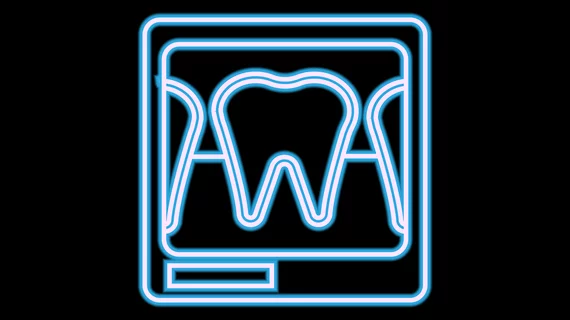Dental researcher discusses uses, 'abuses' of CT scanner
Medical imaging equipment is not a toy—but that doesn’t mean scientists can’t have a little fun with MRI, CT and other modalities. David Mills, PhD, is an example of someone who balances work and play.
The x-ray microtomography facilities manager at Queen Mary University of London, Mills focuses on dental research for work. He uses high-resolution scanners that are limited to imaging objects as large as “a Pringles can,” as he says.
“The sort of CT scanners I user are more research oriented,” Mills said. “It’s not a fast scanner, but it goes ultimate contrast. You will see things you won’t see in a commercial system.”
When he’s not on the clock, Mills will often x-ray his lunch and allow people on social media to guess what he’s eating. He’s also scanned an iPhone while it was in use, AA batteries and an acorn.
You can see David Mills’ video, “The Use and Abuse of CT Scanners,” on YouTube. You can also see what Mills’ curiosity has led him to scan at his twitter feed.

